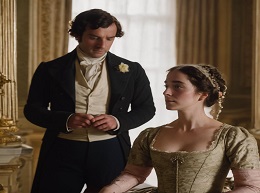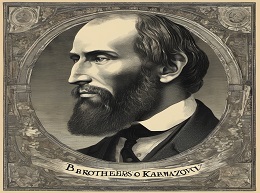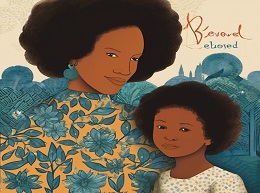Pride and Prejudice

"Pride and Prejudice" is a novel written by Jane Austen, first published in 1813. It is one of Austen's most famous works and a classic in English literature. The novel explores themes of love, class, and the manners and morals of early 19th-century English society. Here's a summary:
Setting:
The story is set in rural England during the Regency era, a time marked by social hierarchies, class distinctions, and the pursuit of advantageous marriages.
Characters:
-
Elizabeth Bennet: The novel's protagonist, the second daughter of the Bennet family. She is witty, intelligent, and known for her independent spirit.
-
Fitzwilliam Darcy: A wealthy and aristocratic gentleman. Initially perceived as proud and reserved, he undergoes significant character development throughout the story.
-
Jane Bennet: The eldest Bennet sister, known for her beauty and gentleness.
-
Charles Bingley: A wealthy and amiable friend of Mr. Darcy who becomes enamored with Jane Bennet.
-
Mr. Bennet: The father of the Bennet family, known for his dry wit and detachment.
-
Mrs. Bennet: The mother of the Bennet family, obsessed with finding advantageous matches for her daughters.
Plot Summary:
-
Introduction of the Bennet Family:
- Mr. and Mrs. Bennet have five unmarried daughters, and Mrs. Bennet is anxious to see them married, particularly to wealthy suitors.
-
Bingley and Darcy's Arrival:
- The wealthy and eligible Mr. Bingley arrives in the neighborhood and is taken with Jane Bennet. However, Mr. Darcy, his friend, initially appears aloof and proud.
-
Elizabeth's Prejudice:
- Elizabeth forms a negative opinion of Mr. Darcy based on his reserved and seemingly proud demeanor. This prejudice shapes her interactions with him.
-
Romantic Entanglements:
- Despite Elizabeth's prejudice, Mr. Darcy becomes increasingly drawn to her. Meanwhile, Elizabeth's younger sisters, Lydia and Kitty, become infatuated with officers stationed nearby.
-
Proposal and Rejection:
- Mr. Darcy proposes to Elizabeth, but she rejects him, citing his interference in Jane's relationship with Mr. Bingley and his role in separating Mr. Bingley from her sister.
-
Revelations and Growth:
- Over time, Elizabeth learns more about Mr. Darcy's true character, including his generosity and the efforts he made to help her family. Darcy, in turn, recognizes his own faults and strives to be a better person.
-
Resolution and Marriage:
- In the end, misunderstandings are cleared, and both Elizabeth and Mr. Darcy overcome their pride and prejudices. They realize they are in love and get married, symbolizing the union of love and social standing.
Themes:
-
Social Class and Marriage: The novel explores the social hierarchy of the time and the pressure to marry well for financial and social stability.
-
Pride and Prejudice: The title reflects the central theme of the novel—the dangers of excessive pride and the harm caused by prejudging others.
-
Individual Growth: Characters, particularly Elizabeth and Mr. Darcy, undergo personal growth and self-discovery, overcoming their initial flaws.
-
Satire of Manners: Austen satirizes the manners and customs of the upper class in early 19th-century England, using humor and irony to comment on societal norms.
Significance:
-
Literary Legacy: "Pride and Prejudice" is regarded as one of the greatest works of English literature and has been adapted into numerous films, TV series, and stage productions.
-
Feminist Interpretation: The novel has been analyzed from a feminist perspective, as Elizabeth Bennet is considered a strong, independent female character for her time.
-
Social Commentary: Austen's keen observations and social commentary on class and marriage continue to be studied and appreciated.
"Pride and Prejudice" is celebrated for its wit, character development, and exploration of timeless themes. It remains a beloved classic that continues to captivate readers with its social commentary and enduring love story.












